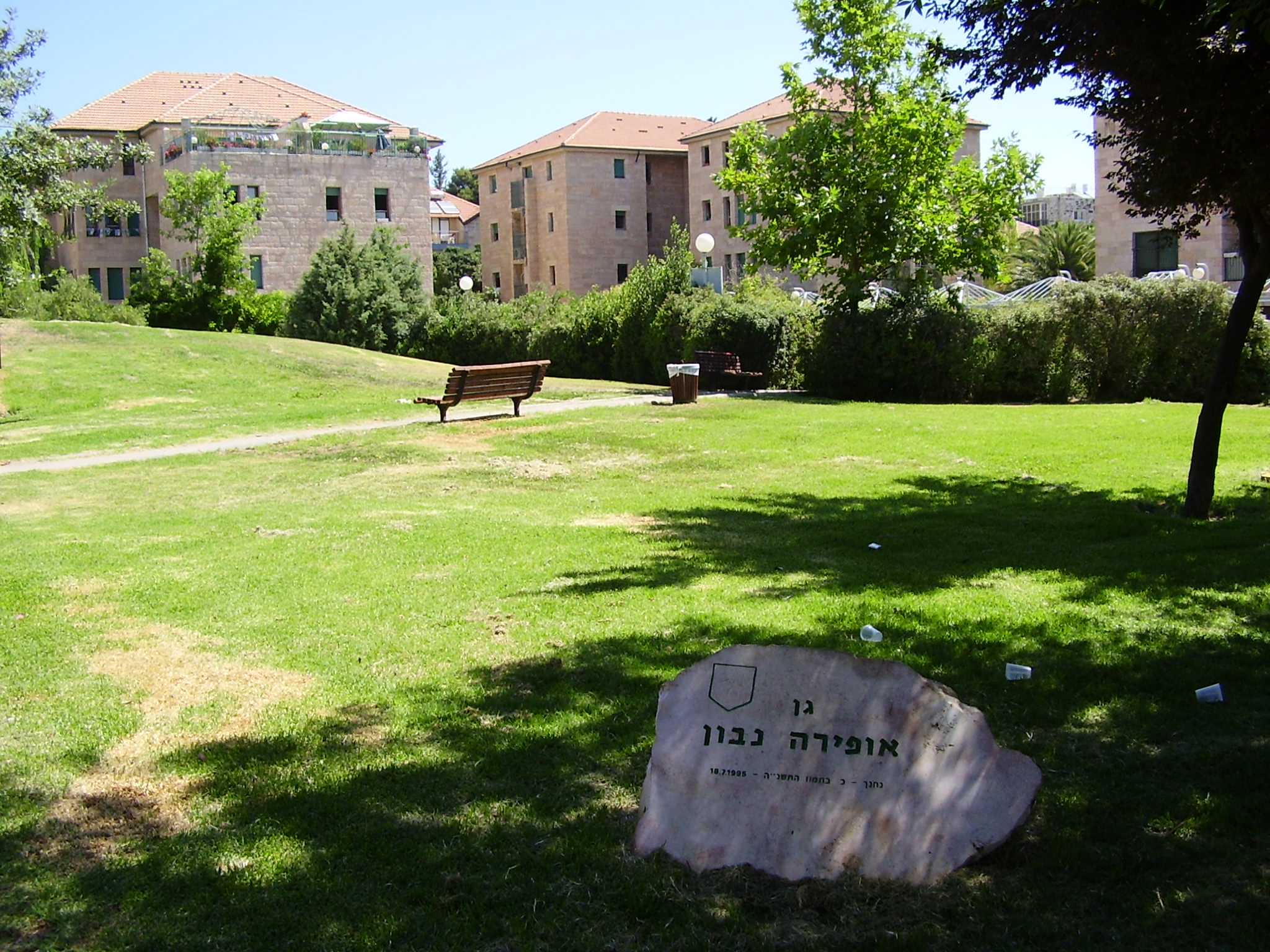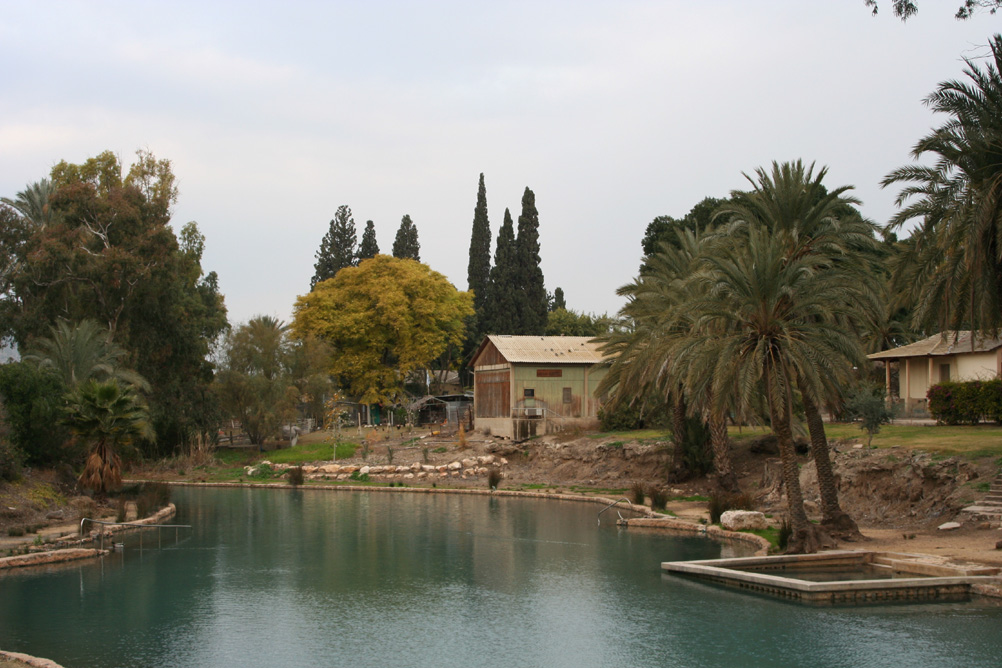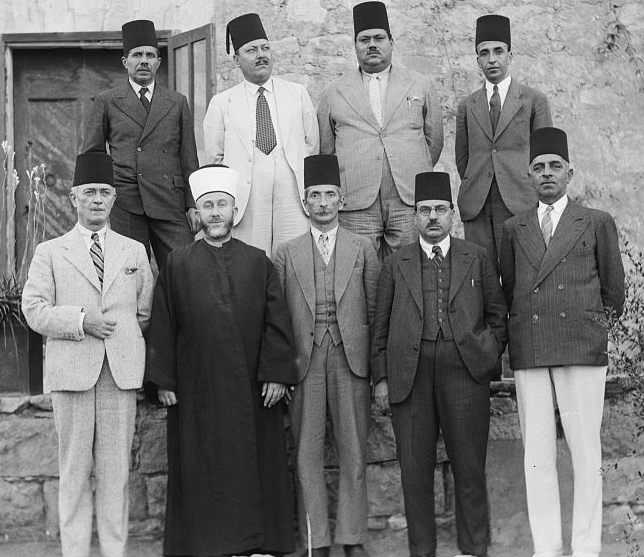|
1936 In Mandatory Palestine
Events in the year 1936 in the British Mandate of Palestine. Incumbents * High Commissioner – Sir Arthur Grenfell Wauchope * Emir of Transjordan – Abdullah I bin al-Hussein * Prime Minister of Transjordan – Ibrahim Hashem Events * 19 April – Twenty Jews are killed in riots following the funeral of two Jews murdered on 15 April in Jaffa.Sykes, Christopher (1965) ''Cross Roads to Israel: Palestine from Balfour to Bevin.'' New English Library Edition (pb) 1967. Page 160. * 19 April – The call for a general strike in Nablus marks the beginning of the 1936–1939 Arab revolt in Palestine against the British colonial rule and mass Jewish immigration.Morris, 1999, p. 136. * 23 April – With the commencement of the Arab revolt, the British authorities evacuate the Jewish community of Hebron as a precautionary measure to secure its members' safety, thus ending the Jewish presence of Hebron. * 25 April – The Arab Higher Committee is established, on the ... [...More Info...] [...Related Items...] OR: [Wikipedia] [Google] [Baidu] |
Mandatory Palestine
Mandatory Palestine ( ar, فلسطين الانتدابية '; he, פָּלֶשְׂתִּינָה (א״י) ', where "E.Y." indicates ''’Eretz Yiśrā’ēl'', the Land of Israel) was a geopolitical entity established between 1920 and 1948 in the region of Palestine under the terms of the League of Nations Mandate for Palestine. During the First World War (1914–1918), an Arab uprising against Ottoman rule and the British Empire's Egyptian Expeditionary Force under General Edmund Allenby drove the Ottoman Turks out of the Levant during the Sinai and Palestine Campaign. The United Kingdom had agreed in the McMahon–Hussein Correspondence that it would honour Arab independence if the Arabs revolted against the Ottoman Turks, but the two sides had different interpretations of this agreement, and in the end, the United Kingdom and France divided the area under the Sykes–Picot Agreementan act of betrayal in the eyes of the Arabs. Further complicating the issue was t ... [...More Info...] [...Related Items...] OR: [Wikipedia] [Google] [Baidu] |
Palestinian General Strike
The Arab general strike in Mandatory Palestine of 1936 was a general strike of all Arabs in Mandatory Palestine engaged in labour, transport and shopkeeping, which began on 19 April 1936 and lasted until October 1936; and which degenerated into violence and the 1936–39 Arab revolt in Palestine. Background As part of the intercommunal conflict, some Arab leaders sought to orchestrate anti-Jewish boycotts from 1922, with the official commencement of the British Mandate for Palestine. Arab dissent was influenced by the Qassamite rebellion following the killing of Sheikh Izz ad-Din al-Qassam by the Palestine Police Force in 1935, as well as the declaration by Mohammad Amin al-Husayni of 16 May 1930 as 'Palestine Day' and calling for a general strike on this day, following the 1929 Palestine riots. In Egypt, anti-British demonstrations in November 1935 brought about the resumption of negotiations between the two countries for a treaty of independence. In Mandatory Syria a promise ... [...More Info...] [...Related Items...] OR: [Wikipedia] [Google] [Baidu] |
Ofira Navon
Ofira Resnikov Navon ( he, אופירה נבון; January 1, 1936 – August 22, 1993) was the wife of Yitzhak Navon, the fifth President of Israel. Biography Ofira Navon was born in Tel Aviv to Batya and Eliezer Resnikov, both originally from Russia. She earned an MA in education and psychology from the University of Georgia, where she was also a member of the Delta Phi Epsilon sorority, and had professional certification in rehabilitation psychology from Columbia University. She and Yitzhak Navon had two children, Naama and Erez. As First Lady During her husband's presidency, from 1978 to 1983, Navon raised the profile of the president's wife. As First Lady, Navon established the President's Council for the Welfare of the Child. She worked with Jihan Sadat, wife of the Egyptian president, on rehabilitation projects for soldiers wounded in the Arab-Israeli conflict. Navon also pushed for an international treaty to protect children caught in war zones. Navon was the first Israel ... [...More Info...] [...Related Items...] OR: [Wikipedia] [Google] [Baidu] |
Rishpon
Rishpon ( he, רִשְׁפּוֹן) is a moshav in the Central District of Israel. Located in the Sharon plain near Herzliya, it falls under the jurisdiction of Hof HaSharon Regional Council. In it had a population of . The moshav was established in 1936. Its original proposed name by the name committee, Rishpona ( he, רשפונה), is an artificial reconstruction of the supposed ancient name of Arsuf, based on a misreading of an Assyrian inscription.Maciej M. Münnich, ''The God Resheph in the Ancient Near East'' (2013) p. 244 citing Shlomo Izre’el, "Arsuf: The Semitic Name of Apollonia" in: ''Apollonia-Arsuf: Final Report of the Excavations Volume I'', The Emery and Claire Yass Publications in Archaeology, Monograph Series of the Institute of Archaeology of Tel Aviv University No. 16, Tel Aviv (1999), 72f. The misreading *''rašpūna'' for ''kašpūna'' in an inscription of Tiglath-Pileser III Tiglath-Pileser III (Neo-Assyrian cuneiform: , meaning "my trust belon ... [...More Info...] [...Related Items...] OR: [Wikipedia] [Google] [Baidu] |
Kfar Hittim
Kfar Hittim ( he, כְּפַר חִטִּים) is a moshav shitufi in northern Israel. Located on a hill 3 km west of Tiberias, it falls under the jurisdiction of Lower Galilee Regional Council. It was Israel's first moshav shitufi,Moshav Shitufi, Tnu'at HaAvoda Moshav Shitufi Historical Dictionary of Israel and can also be considered the first Tower and Stockade settlement. [...More Info...] [...Related Items...] OR: [Wikipedia] [Google] [Baidu] |
Tel Amal
Nir David ( he, נִיר דָּוִד, ''lit.'' David's Meadow) is a kibbutz in the Beit She'an Valley in northern Israel. Founded on 10 December 1936 as Tel Amal, the first of the tower and stockade settlements, it falls under the jurisdiction of Valley of Springs Regional Council. In it had a population of . History Nir David was founded on the 10 December 1936, under the name of Tel Amal. It was established as the first tower and stockade settlement (and the first kibbutz) in the Beit She'an Valley. In the 1940s, the kibbutz was renamed Nir David in honor of David Wolffsohn, second president of the World Zionist Organization. The communal dining room and two children's homes were designed by Zeev Rechter, architect of some of Israel's most iconic buildings. A group of Holocaust survivors joined the kibbutz in the 1940s. Nir David uses land that traditionally belonged to the depopulated Palestinian village of Al-Sakhina. In the 1990s, Nir David developed a tourism industry ... [...More Info...] [...Related Items...] OR: [Wikipedia] [Google] [Baidu] |
Moshav
A moshav ( he, מוֹשָׁב, plural ', lit. ''settlement, village'') is a type of Israeli town or settlement, in particular a type of cooperative agricultural community of individual farms pioneered by the Labour Zionists between 1904 and 1914, during what is known as the second wave of ''aliyah''. A resident or a member of a moshav can be called a "moshavnik" (). The moshavim are similar to kibbutzim with an emphasis on community labour. They were designed as part of the Zionist state-building programme following the green revolution Yishuv ("settlement") in the British Mandate of Palestine during the early 20th century, but in contrast to the collective farming kibbutzim, farms in a moshav tended to be individually owned but of fixed and equal size. Workers produced crops and other goods on their properties through individual or pooled labour with the profit and foodstuffs going to provide for themselves. Moshavim are governed by an elected council ( he, ועד, ''va'a ... [...More Info...] [...Related Items...] OR: [Wikipedia] [Google] [Baidu] |
Amin Al-Husayni
Mohammed Amin al-Husseini ( ar, محمد أمين الحسيني 1897 – 4 July 1974) was a Palestinian Arab nationalist and Muslim leader in Mandatory Palestine. Al-Husseini was the scion of the al-Husayni family of Jerusalemite Arab notables, who trace their origins to the eponymous grandson of Muhammad. Husseini received education in Islamic, Ottoman, and Catholic schools. In 1912, he went to pursue further studies in Cairo's ''Dar al-Da'wa wa al-Irshad'', an Islamic seminary under the tutelage of Salafist theologian Muhammad Rashid Rida. After studying there for two years, he went on to serve in the Ottoman army in World War I. At war's end he stationed himself in Damascus as a supporter of the Arab Kingdom of Syria. Following the Franco-Syrian War and the collapse of Arab Hashemite rule in Damascus, his early position on pan-Arabism shifted to a form of local nationalism for Palestinian Arabs and he moved back to Jerusalem. From as early as 1920 he actively opposed ... [...More Info...] [...Related Items...] OR: [Wikipedia] [Google] [Baidu] |
Mufti Of Jerusalem
The Grand Mufti of Jerusalem is the Sunni Muslim cleric in charge of Jerusalem's Islamic holy places, including the Al-Aqsa Mosque. The position was created by the British military government led by Ronald Storrs in 1918.See Islamic Leadership in Jerusalem for further detailsThe terminology was used as early as 1918. For example: states that Storrs wrote on November 19, 1918 "the Muslim element requested the Grand Mufti to have the name of the Sharif of Mecca mentioned in the Friday prayers as Caliph" Since 2006 it has been held by Muhammad Hussein. History British Mandate While Palestine was under British Mandate, the Grand Mufti of Jerusalem was a position created by the British Mandate authorities. The creation of the new title was intended by the British to "enhance the status of the office". When Kamil al-Husayni died in 1921, the British High Commissioner Herbert Samuel appointed Mohammad Amin al-Husayni to the position. Amin al-Husayni, a member of the al-Husayni fa ... [...More Info...] [...Related Items...] OR: [Wikipedia] [Google] [Baidu] |
Arab Higher Committee
The Arab Higher Committee ( ar, اللجنة العربية العليا) or the Higher National Committee was the central political organ of the Arab Palestinians in Mandatory Palestine. It was established on 25 April 1936, on the initiative of Haj Amin al-Husayni, the Grand Mufti of Jerusalem, and comprised the leaders of Palestinian Arab clans and political parties under the mufti's chairmanship. The committee was outlawed by the British Mandatory administration in September 1937 after the assassination of a British official. A committee of the same name was reconstituted by the Arab League in 1945, but went to abeyance after it proved ineffective during the 1948 Arab-Israeli War. It was sidestepped by Egypt and the Arab League with the formation of the All-Palestine Government in 1948 and both were banned by Jordan. Formation, 1936–37 The first Arab Higher Committee was formed on 25 April 1936, following the outbreak of the Great Arab revolt, and national committees w ... [...More Info...] [...Related Items...] OR: [Wikipedia] [Google] [Baidu] |
Hebron
Hebron ( ar, الخليل or ; he, חֶבְרוֹן ) is a Palestinian. city in the southern West Bank, south of Jerusalem. Nestled in the Judaean Mountains, it lies above sea level. The second-largest city in the West Bank (after East Jerusalem), and the third-largest in the Palestinian territories (after East Jerusalem and Gaza), it has a population of over 215,000 Palestinians (2016), and seven hundred Jewish settlers concentrated on the outskirts of its Old City. It includes the Cave of the Patriarchs, which Jewish, Christian, and Islamic traditions all designate as the burial site of three key patriarchal/ matriarchal couples. The city is often considered one of the four holy cities in Judaism. as well as in Islam. Hebron is considered one of the oldest cities in the Levant. According to the Bible, Abraham settled in Hebron and bought the Cave of the Patriarchs as a burial place for his wife Sarah. Biblical tradition holds that the patriarchs Abraham, Isaac, and ... [...More Info...] [...Related Items...] OR: [Wikipedia] [Google] [Baidu] |






